Search
Search Results
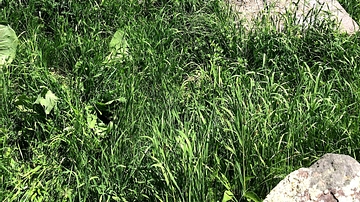
Image
Armenian Gravestones at Zorats Church
Surrounding the Zorats Church in what's present-day Armenia are a number of exquisitely carved khachkars dating to the 10th-13th centuries CE and tombstones dating from the 15-17th centuries CE.
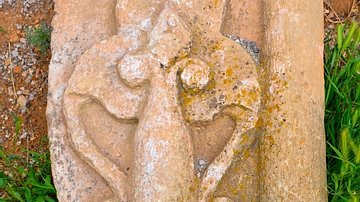
Image
Medieval Armenian Architectural Element
This stone block contains a stylized design dating back to 13th or 14th-century Armenia. It is located within the Noravank Monastery, which is located in Armenia's Vayots Dzor Province.

Image
Prehistoric Armenian Ritual Ware
This elegant ritual ware vessel is made of clay and dates from the 12th-9th century BCE. It was excavated in what is present-day Armenia. (Metsamor Historical-Archaeological Museum-Reserve, Taronik, Armenia)
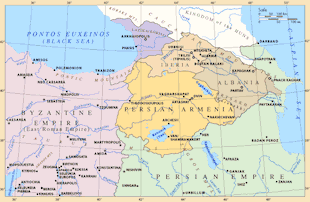
Image
Armenian Marzpanate
A map showing the territory of Persian Armenia, the Marzpanate, 387-591 CE.

Image
Old Armenian Church at Derbent
Derbent is renown for its citadel (“Naryn-Kala” or “Dagh Bary” in Persian) and its imposing walls that date from the 6th century CE. Derbent prospered for over 1,500 years under Persian, Arab, Turkish, Azeri, Mongol, Timurid, and Russian...
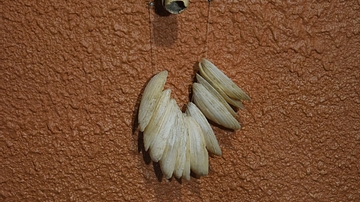
Image
Ancient Armenian Seashells
These ancient seashells came to what is present-day Armenia from the Persian Gulf and the Mediterranean Sea via trade. They date from the 15th-13th century BCE and attest to the region's importance as a crossroads of trade between Europe...
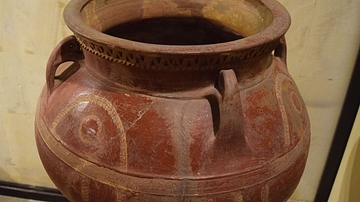
Image
Armenian-Byzantine Vessel
This elegant clay patterned vessel dates from the 10-11th century CE when what's present-day Armenia was under strong Byzantine political and cultural influence. (Metsamor Historical-Archaeological Museum-Reserve, Taronik, Armenia)
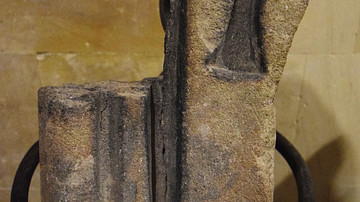
Image
Armenian Stone Weapons Mould
Ancient stone mold, used for making weapons in ancient times in what is present-day Armenia, dating from the 12th-10th century BCE.
Metsamor Historical-Archaeological Museum-Reserve, Taronik.
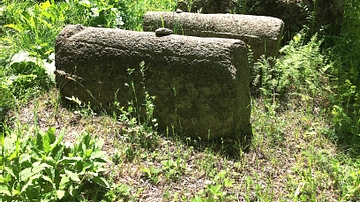
Image
Armenian Jewish Tombstones in Yeghegis
Nearly 40 tombstones from the 13th and 14th century CE survive in the Jewish cemetery, and another 30 are located nearby in Yeghegis, Armenia. The oldest tombstone dates to 1266 CE and the latest to 1337 CE. The dates on the tombstones are...
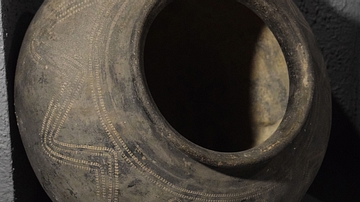
Image
Armenian Patterned Clay Vessel
This ancient clay vessel was made in what is present-day Armenia. It dates from the 18th-16th century BCE. (Metsamor Historical-Archaeological Museum-Reserve, Taronik, Armenia)